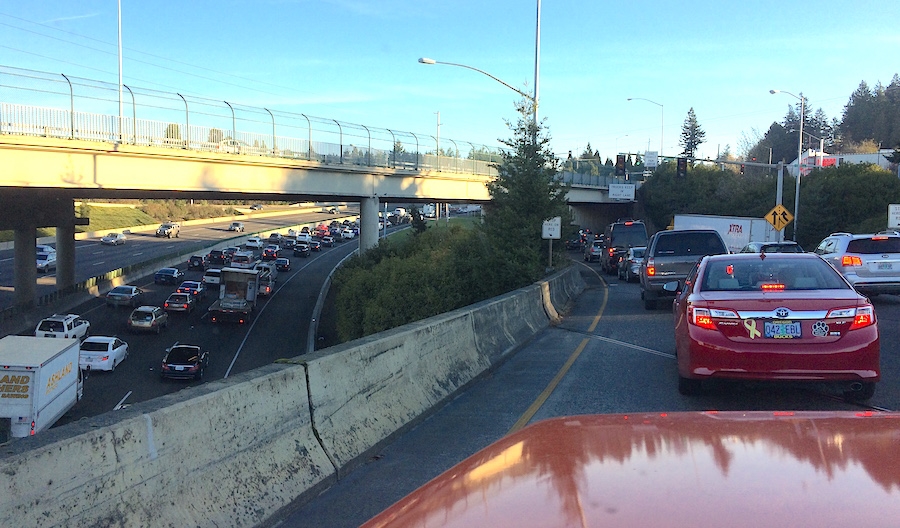
ACC is all about getting out and driving our cars. I drive my ’72 Chevy truck quite a bit. Last week my SRT Charger was down for a few days because of a fuel tank recall, and whenever something like that happens, I press the truck into duty and don’t think twice about it.
The truck is in good shape, but it’s not what you’d call the safest rig on the road. It sports an in-the-cab fuel tank, okay brakes, old springs, and a lightly padded steel dash. If you don’t mind 10 mpg, it’ll keep up with modern traffic just fine, but things can get scary sometimes — like last week, when a Prius driver on a cell phone decided to stop in front of me on the freeway. From a 55-mph roll, I slammed on the brakes, felt them fade and return, and held on as the truck hopped to a stop. I didn’t hit that car, but I almost did. I’m sure the truck would have survived punting the little Toyota down the highway. Would I have?
On the other hand, I love driving the old truck, and all the little boys at my daughter’s playschool love it, too. There are always at least a few who stare slack-jawed at it as we rumble into the parking lot. To them, it must look like a piece of bright orange heavy equipment from Mars. Any day I do drive the truck, that’s one of the highlights. I think whatever risk I’m taking by driving it is probably worth the reward, at least in the faces of my daughter and her little friends.
Compared to my 2006 Charger, my 1972 truck seems pretty old. But some friends of mine have decided to go with even older cars as daily drivers. One bought a ’48 Chevy custom to use when the weather is nice (it has no hood), and another has just started talking about swearing off modern cars in favor of stuff from the ’40s and ’50s. His reasoning? They’re inexpensive if you buy the right ones, simple to maintain, and they have a cool factor that new stuff just can’t match. On top of that, driving them around shows young people that these cars are still out there and within reach, which is important for our hobby. That all sounds great, but when does the risk of driving something like that on the highway daily outweigh the reward you get from the experience?
What do you think? Is there room for cars from the ’50s, ’60s, and ’70s in the daily grind if they’re driven responsibly, or should they instead take a second seat to more economic and bland commute-mobiles in the name of safety and security? Let me know in the comments below.